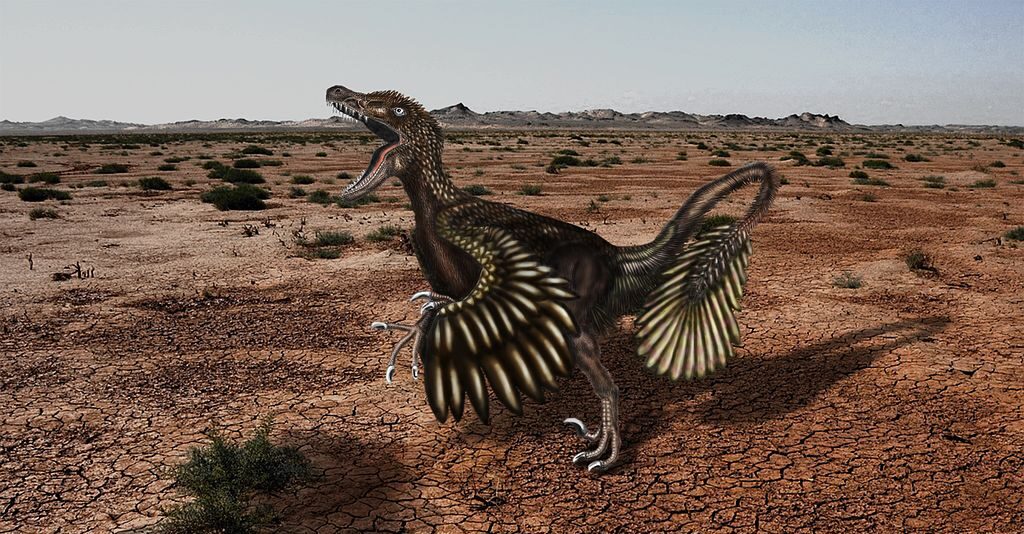In the vast expanse of evolutionary possibilities, one intriguing thought experiment stands out: what if dinosaurs, particularly the intelligent raptors, had not met their extinction? Could these remarkable predators have evolved intelligence comparable to humans and developed their technological civilization? This question invites us to explore the fascinating intersection of evolutionary biology, cognitive development, and technological advancement. While purely speculative, examining this alternative evolutionary pathway offers insights into the unique conditions that enabled human technological development and the potential for different forms of intelligence to emerge.
The Intelligence Legacy of Raptors

Raptors, particularly dromaeosaurids like Velociraptor and Deinonychus, displayed several traits suggesting notable cognitive abilities. These dinosaurs possessed relatively large brain-to-body size ratios compared to other dinosaurs of their time, with brain structures indicating potential for complex problem-solving. Fossil evidence suggests they were social hunters, requiring coordination and possibly communication systems similar to modern pack hunters. Their stereoscopic vision, dexterous forearms, and evidence of group hunting behaviors point to a cognitive foundation that, given millions of years of further evolution, could have developed into higher intelligence. The encephalization quotient of some raptor species suggests they were among the most intelligent dinosaurs that ever lived, potentially on par with some modern birds like corvids.
Evolutionary Pressures Toward Intelligence

For raptors to evolve human-like intelligence, specific evolutionary pressures would have been necessary. Survival challenges requiring increasingly complex problem-solving abilities would have favored larger brains and higher cognitive function. Competition between raptor groups might have spurred social complexity and communication, much as inter-group competition influenced human cognitive evolution. Environmental changes forcing adaptation to diverse habitats could have selected for behavioral flexibility and innovative thinking. Food acquisition requiring tool use or manipulation might have developed, particularly if prey evolved better defenses over time. The evolutionary pathway to high intelligence isn’t inevitable, but these pressures, sustained over millions of years without extinction events, could have potentially guided raptor evolution toward greater cognitive capabilities.
Physical Adaptations Necessary for Technology

A significant challenge for raptor technological development would be their physical anatomy. While raptors possessed relatively dexterous three-fingered hands, they lacked the precision grip of human hands with opposable thumbs. This limitation would have significantly impacted their ability to manipulate objects with the precision required for advanced tool-making. Their body structure, balanced for speed and hunting, would have presented different engineering challenges than human bipedalism with free hands. Sensory adaptations would have influenced how raptor technology might develop, possibly emphasizing different senses than human technology does. Raptor technology might have evolved to accommodate their specific physical strengths, perhaps focusing on extensions of their natural hunting abilities before expanding to other domains. These anatomical considerations suggest that raptor technology, if developed, would have followed a dramatically different trajectory from human technology.
Alternative Paths to Tool Use

Despite physical limitations, raptors might have developed tool use through alternative evolutionary adaptations. Their forearms, while not identical to primate hands, could have evolved greater dexterity over millions of years of natural selection. We see examples in nature of animals developing tool use despite lacking human-like hands, such as crows fashioning hooks from twigs and octopuses using coconut shells as shelters. Raptors might have developed cooperative tool use, with individuals working together to manipulate larger objects or complex systems. Their mouths and feet could have supplemented their forearms for certain manipulation tasks, similar to how modern parrots use their beaks and feet in combination. The evolution of technological capability doesn’t necessarily require human-like appendages—it requires sufficient manipulative ability combined with the cognitive capacity to conceive of tools, a combination that raptors might have achieved through different anatomical solutions.
Social Structures and Communication
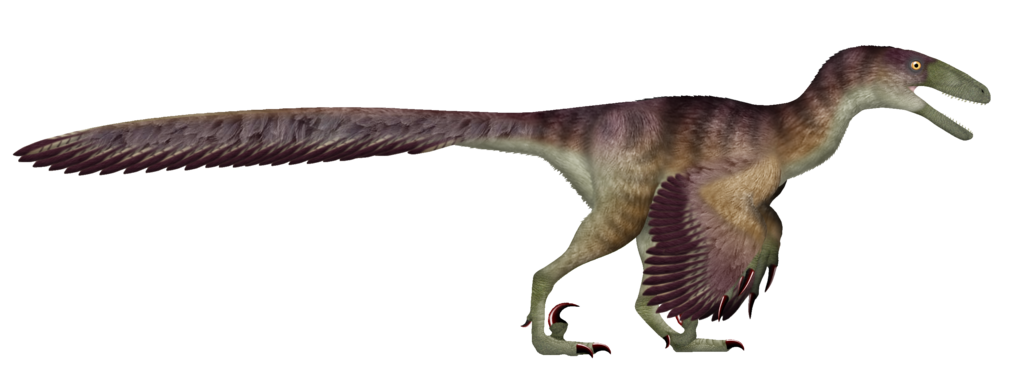
Advanced technology development requires complex social structures and sophisticated communication systems, both of which could have evolved in raptors. Evidence suggests some raptor species were social animals, and this sociality could have developed into more complex hierarchies and cooperative systems over evolutionary time. Communication systems might have begun with visual displays and vocalizations before potentially evolving into more nuanced systems capable of conveying abstract concepts. Social learning would have been crucial for technological advancement, allowing innovations to spread throughout populations and across generations. The development of teaching behaviors, where knowledge is intentionally transmitted, would have accelerated technological progress significantly. Cooperative problem-solving, which we observe in modern corvids and primates, could have emerged in evolved raptor societies, allowing them to tackle engineering challenges beyond the capability of individuals.
Cognition and Problem-Solving Capabilities
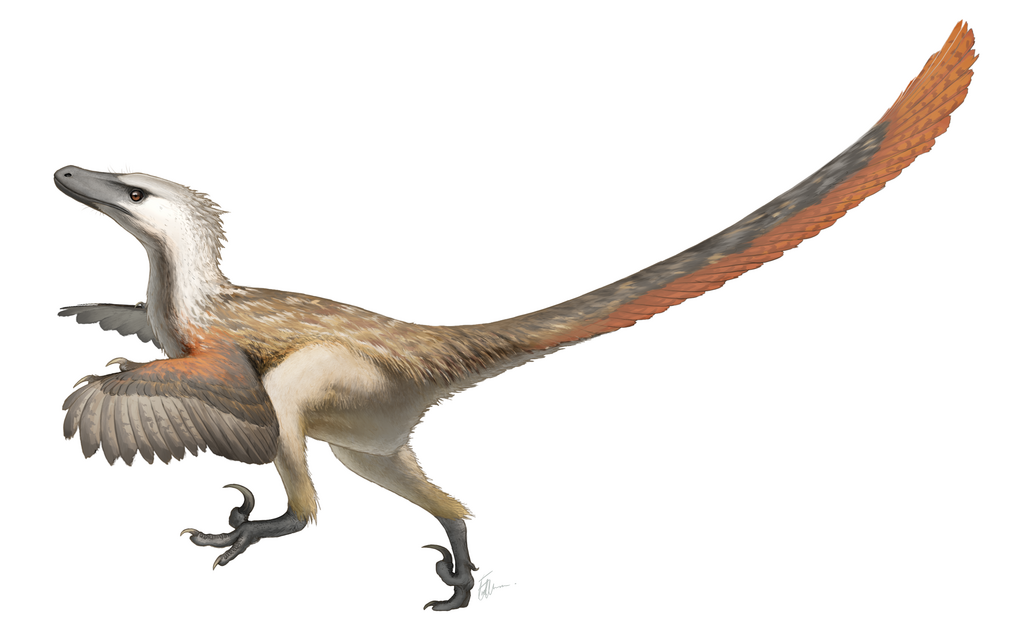
For raptors to develop technology, their cognitive evolution would need to include several key abilities. Abstract thinking—the capacity to conceptualize things not immediately present—would be essential for designing complex tools and planning future technologies. Memory systems capable of storing and retrieving vast amounts of information would need to evolve to accumulate knowledge across generations. Causal reasoning—understanding how actions lead to specific outcomes—forms the foundation of technological problem-solving and would be necessary for raptor engineers. Imaginative cognition, the ability to envision things that don’t yet exist, drives innovation and would be crucial for technological advancement. The fossil record cannot tell us directly about these cognitive abilities, but brain endocasts of raptor skulls suggest they had relatively large brains with developed regions associated with higher cognition in modern animals, providing at least the physical foundation upon which such cognitive abilities might have evolved.
Early Technologies: What Might Have Come First?

The earliest raptor technologies would likely have extended their natural hunting abilities rather than replacing them. Simple tools to enhance their already formidable claws and teeth might have included shaped stones or modified plant materials used to access otherwise inaccessible prey. Shelter technologies could have developed to protect against environmental threats, perhaps initially modifying existing structures before building their own. Food storage and preservation techniques might have emerged, allowing for resource management during scarce times. Simple weapons beyond their natural armament could have been developed for both hunting and territory defense. These early technologies would have been shaped by raptor anatomy and ecological needs, looking very different from early human technologies, which were developed by relatively weak but dexterous primates. The pattern of technological development would likely follow ecological pressures specific to raptor existence rather than mirroring human technological history.
The Emergence of Raptor Agriculture

Agriculture represents a crucial step in human technological development, and a similar transition might have occurred in an evolved raptor civilization. Raptors might have begun by protecting and encouraging the growth of plants that attracted their prey, creating managed hunting grounds before true agriculture. Their carnivorous diet would have influenced agricultural development differently than in humans, perhaps focusing initially on livestock management rather than crop cultivation. The transition to omnivory, which occurred in some theropod lineages, could have facilitated broader agricultural developments if it occurred in evolved raptors. Agricultural tools would reflect raptor anatomy, potentially employing foot-operated or group-manipulated implements rather than hand tools. The emergence of agriculture would have enabled population growth, settlement, and specialization, creating the foundation for more complex technological societies.
Energy Harnessing and Utilization
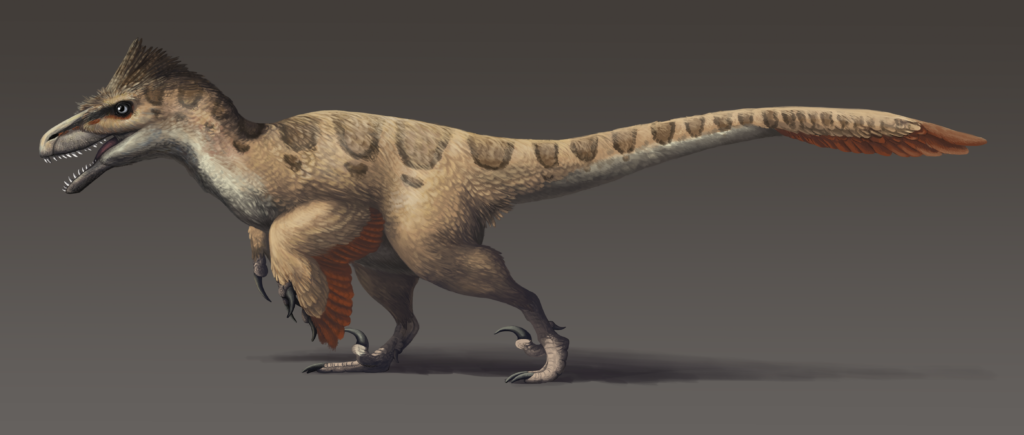
Technological civilization requires harnessing energy beyond biological muscle power, a challenge raptors would need to overcome. Fire control represents a critical threshold technology that dramatically expanded human capabilities, and raptors would need to master this despite potential anatomical challenges in manipulation. Wind and water power might have been harnessed through group-constructed mechanisms adapted to raptor physical capabilities. Solar energy utilization might have developed through innovative approaches reflecting the raptor’s perspectives and needs. Energy storage solutions would be necessary for technological advancement, perhaps taking forms we wouldn’t recognize due to different anatomical and cognitive approaches to the problem. The path to advanced energy technologies would likely differ significantly from human history, potentially skipping certain stages or developing novel approaches based on raptor physiology and cognitive frameworks.
Information Technology in a Raptor World

Information storage and transmission systems would be crucial for advancing raptor technology beyond basic tools. Early information technologies might have been tactile or visual rather than written, perhaps using arrangements of objects or environmental modifications to record and share knowledge. Communication technologies could have developed to extend the range and permanence of raptor communication, initially through mechanical means before potentially advancing to more sophisticated systems. The cognitive frameworks of evolved raptors would shape how they conceptualized and organized information, potentially resulting in fundamentally different approaches to what we would recognize as mathematics or science. Computing systems, if developed, might have emphasized different processes or capabilities than human computers, reflecting raptors’ cognitive strengths and weaknesses. These information technologies would form the backbone of advanced raptor civilization, allowing knowledge accumulation and problem-solving at scales beyond individual capabilities.
Architecture and Engineering Challenges

Raptor architecture would reflect their different physical needs and capabilities compared to humans. Buildings would accommodate their body structure, movement patterns, and social organization, potentially featuring different spatial arrangements than human architecture. Construction techniques would need to work around the limitations of raptor anatomy, perhaps emphasizing prefabrication and assembly rather than continuous building. Materials science would develop based on resources raptors could effectively manipulate and process with their evolved capabilities. Engineering solutions would emerge from raptor problem-solving approaches, potentially finding innovative solutions to challenges that humans would approach differently. Urban planning in raptor civilizations might emphasize different priorities, such as maintaining hunting territories within urban environments or different approaches to resource distribution and waste management based on raptor ecology and social structures.
Comparing Parallel Technological Evolution

A technologically advanced raptor civilization would likely diverge significantly from human technological development despite potentially solving similar fundamental problems. The sequence of technological development might differ dramatically, with raptors potentially mastering certain technologies earlier than humans while developing others much later or not at all. Technological solutions would reflect their evolutionary history as predators, potentially emphasizing different aspects of similar technologies than humans would. Some human technologies might never emerge in raptor civilization due to different physical or cognitive approaches to problems, while unique raptor technologies might develop that humans would never conceive. The interaction between raptor biology, cognition, and their environment would create unique selection pressures for technological development, resulting in a technological landscape potentially as alien to human understanding as the raptors themselves. This parallel evolution underscores how contingent technological development is on the specific biological and cognitive framework of the species developing it.
The Ecological Impact of Raptor Technology

A technologically advanced raptor civilization would transform Earth’s ecosystems in ways both similar to and different from human impacts. Raptor ecological perspectives, emerging from their evolutionary history as predators, might lead to different relationships with their environment than humans developed. Resource extraction techniques would reflect raptor capabilities and priorities, potentially focusing on different resources or extraction methods than human civilization. The pace of environmental modification might differ based on raptor population dynamics and technological capabilities. Conservation practices, if they emerged, would reflect raptor values and understanding of ecological relationships, potentially preserving different aspects of ecosystems than humans would prioritize. These ecological impacts would create selection pressures shaping the further evolution of both raptors and other species, creating feedback loops between technological and biological evolution unique to a raptor-dominated world.
Speculating on Advanced Raptor Civilization

An advanced raptor civilization would represent a profound alternative pathway for Earth’s technological evolution. Space exploration, if achieved, would reflect raptor priorities and perspectives, potentially focusing on different objectives or methods than human space programs. Medicine would develop to address raptor biological needs, with a different emphasis than human medicine and unique approaches to similar health challenges. Art and culture would emerge from raptor sensory experiences and cognitive frameworks, potentially unrecognizable to human aesthetic sensibilities. Philosophical and scientific paradigms would develop from raptor cognitive structures and evolutionary history, potentially conceptualizing the universe in fundamentally different ways than human thought traditions. This speculative civilization serves as a thought experiment highlighting the contingent nature of technological development on the specific biological, cognitive, and evolutionary circumstances of the species developing it, reminding us that human-style technology is just one possible expression of intelligence in the universe.
Conclusion
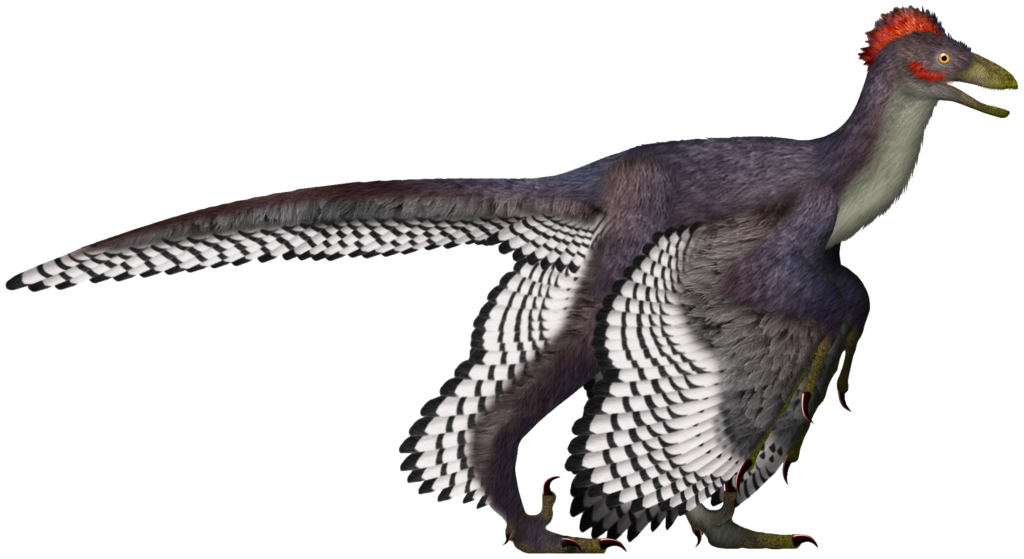
While a technologically advanced raptor civilization remains firmly in the realm of speculation, this thought experiment helps us understand the unique intersection of factors that enabled human technological development. The evolutionary pathway to technology requires a specific combination of cognitive capacity, physical manipulation abilities, social structures, and environmental conditions sustained over millions of years. Had the K-Pg extinction event not occurred, perhaps some descendant of the clever raptors might have developed their technological civilization, different from our own in countless ways, yet perhaps sharing the fundamental drive to understand and reshape their world. By exploring such alternatives, we gain a deeper appreciation for the contingent nature of our technological history and the remarkable confluence of factors that led to human civilization.

